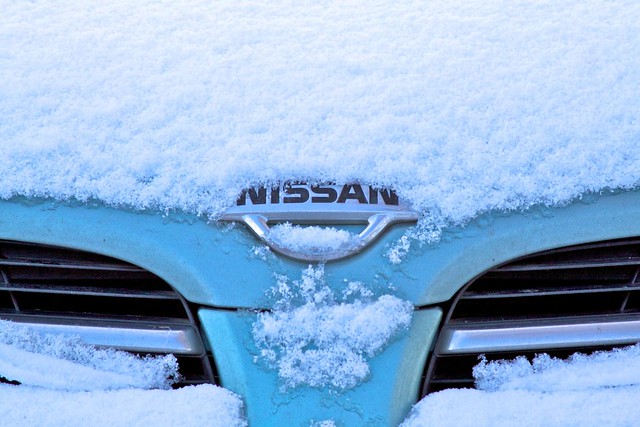It's snowed. This is problematic. However, it's also pretty.
I've recently upgraded my post-processing kit. I was using The Gimp on an ancient MacBook with a dim, yellowing screen. This did not produce good pictures. I was also still shooting in JPEG rather than RAW, simply because I didn't have the tools to do RAW justice. The camera's internal software did a better job than The Gimp because, while the camera handles 14 bit channels, The Gimp can only handle 8 bit channels.
So here I have Aperture 3 on a MacBook Pro. LED backlit screen, 4GB of RAM and a 2.4GHz processor. Perfect.
One immediate advantage of switching to RAW is the amount of control over the sharpness of the image. JPEG has a tendency to soften the image due to compression artefacts, and processing a JPEG into another JPEG just makes it worse. Aperture lets me apply adjustments without ever touching the original pixels, so nothing gets ruined. It's only when I export the final image does anything get committed.
The other advantage is the amount of control I have over the colours. I can tweak them to perfection, change them entirely or anything in between. For the snow I overexposed between 1/3rd and 2/3rds of a stop depending on ambient light and sharpened it up just a tad when converting to JPEG. I think the effect is working nicely.
The final advantage I will demonstrate here is that there is a lot more detail. This is from the 14 bits per channel (giving a total of 16384 levels per colour channel) as opposed to JPEG's 8 bits per channel (giving total of 256 levels per colour channel). As you can imagine, having that much extra data makes tweaking the image much easier. As an extreme example, the horizontal grills on the front of my car were completely black in the original image, lost in the shadow. By increasing the highlights I could bring them out of the shadow nicely.
I've recently upgraded my post-processing kit. I was using The Gimp on an ancient MacBook with a dim, yellowing screen. This did not produce good pictures. I was also still shooting in JPEG rather than RAW, simply because I didn't have the tools to do RAW justice. The camera's internal software did a better job than The Gimp because, while the camera handles 14 bit channels, The Gimp can only handle 8 bit channels.
So here I have Aperture 3 on a MacBook Pro. LED backlit screen, 4GB of RAM and a 2.4GHz processor. Perfect.
One immediate advantage of switching to RAW is the amount of control over the sharpness of the image. JPEG has a tendency to soften the image due to compression artefacts, and processing a JPEG into another JPEG just makes it worse. Aperture lets me apply adjustments without ever touching the original pixels, so nothing gets ruined. It's only when I export the final image does anything get committed.
The other advantage is the amount of control I have over the colours. I can tweak them to perfection, change them entirely or anything in between. For the snow I overexposed between 1/3rd and 2/3rds of a stop depending on ambient light and sharpened it up just a tad when converting to JPEG. I think the effect is working nicely.
The final advantage I will demonstrate here is that there is a lot more detail. This is from the 14 bits per channel (giving a total of 16384 levels per colour channel) as opposed to JPEG's 8 bits per channel (giving total of 256 levels per colour channel). As you can imagine, having that much extra data makes tweaking the image much easier. As an extreme example, the horizontal grills on the front of my car were completely black in the original image, lost in the shadow. By increasing the highlights I could bring them out of the shadow nicely.





Comments
Post a Comment